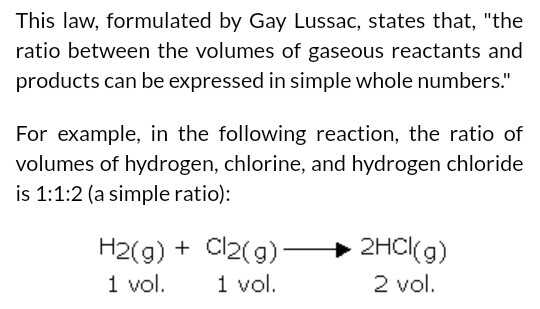The website has the complete lesson note for all the subjects in secondary school but this piece showcases the SS1 Chemistry Lesson Note on Charles’ Law. You can use the website search button to filter out the subject of interest to you.
CLICK HERE to download the complete Document: DOWNLOAD HERE
CHARLES’ LAW
The effect of temperature changes on the volume of a given mass of a gas at a constant pressure is described by Charles. Charles’ law states that the volume of a given mass of gas is directly proportional to its temperature in Kelvin, provided that pressure remains constant.
The volume of the gas decreases as the temperature decreases, and increases as the temperature increases.
Mathematically, the law can be expressed as:
V ∝ T
V = kT
Or = k
Where v= volume
T= Kelvin Temperature
K= mathematical constant
A Representation of Charles’s law

For a direct relationship, when the temperature increases, the volume will also increase at the same rate and vice versa, at constant pressure. The diagram above shows that when V is decreasing, T is also decreasing and when V is increasing, T is also increasing thus, making the quotient constant.
Charles’s law can be represented graphically has shown below.
If we divide the varying gas volumes by the corresponding temperature in Kelvin, the result would always be a constant. This relationship can also be expressed in another form.
ABSOLUTE ZERO
This is the temperature at which the volume of a gas is theoretically zero..At this temperature there is no motiom of any form and all gases have been liquefied or solidified. The value of the temperature is -2730C.
TEMPERATURE CONVERSION
- To convert from Celsius scale to Kelvin scale, add 273 i.e. T= 0C + 273. This is because O0C=273K.
- To convert from Kelvin scale to Celsius scale, subtract 273. i.e
0C= T- 273.
Where T= Temperature in Kevin
0C= Temperature in Celsius.
Click on the Downloadable Button to get the FULL NOTE





